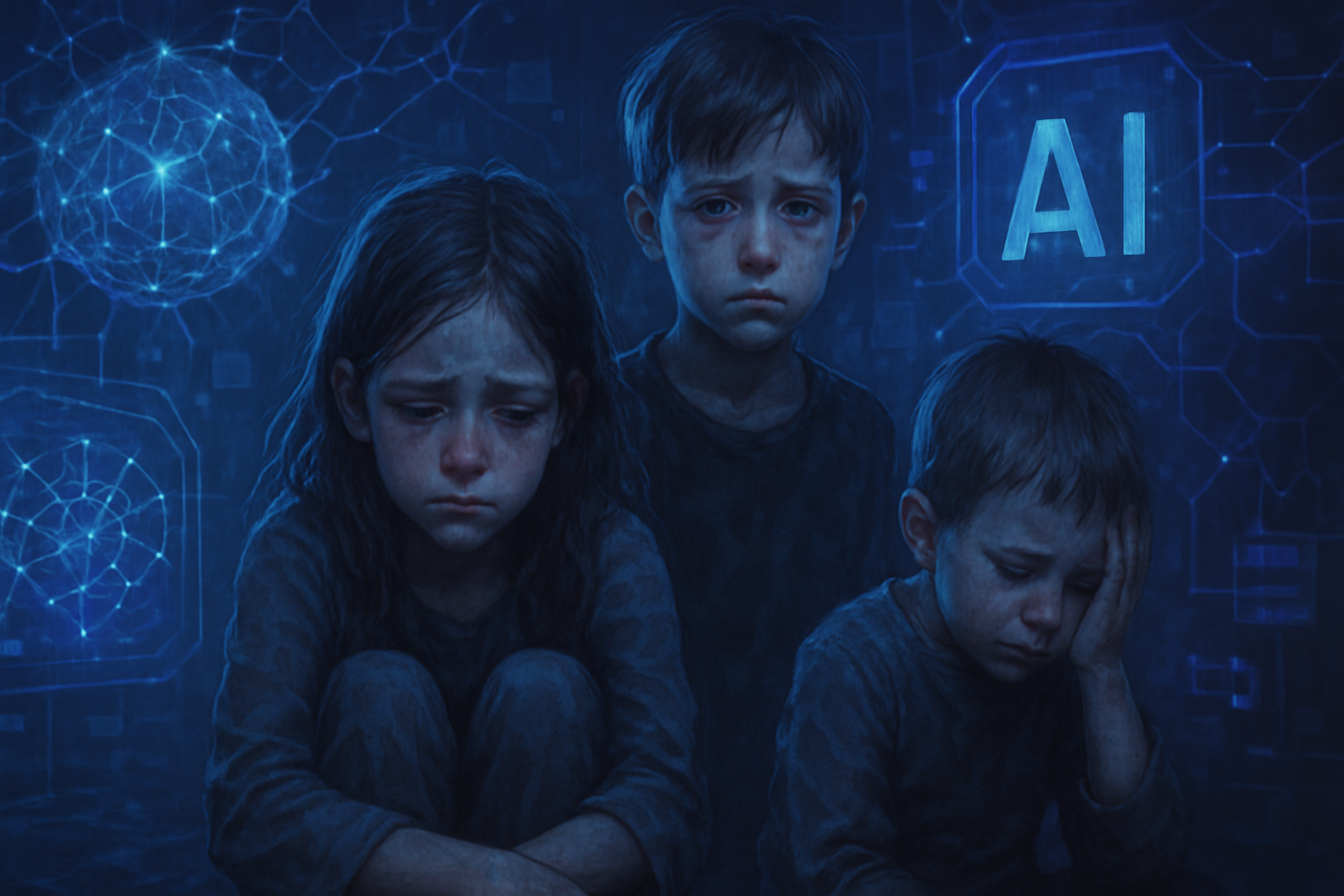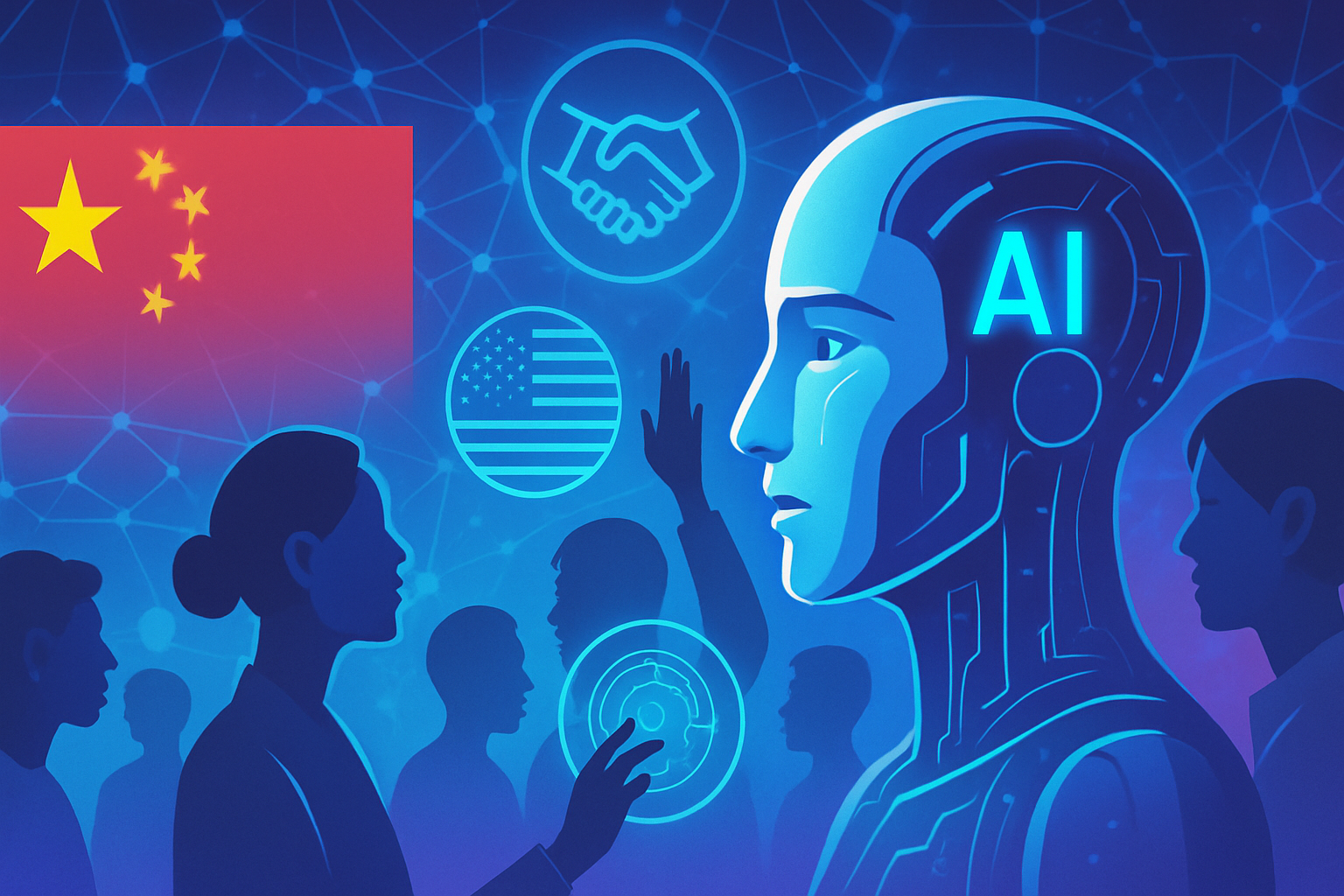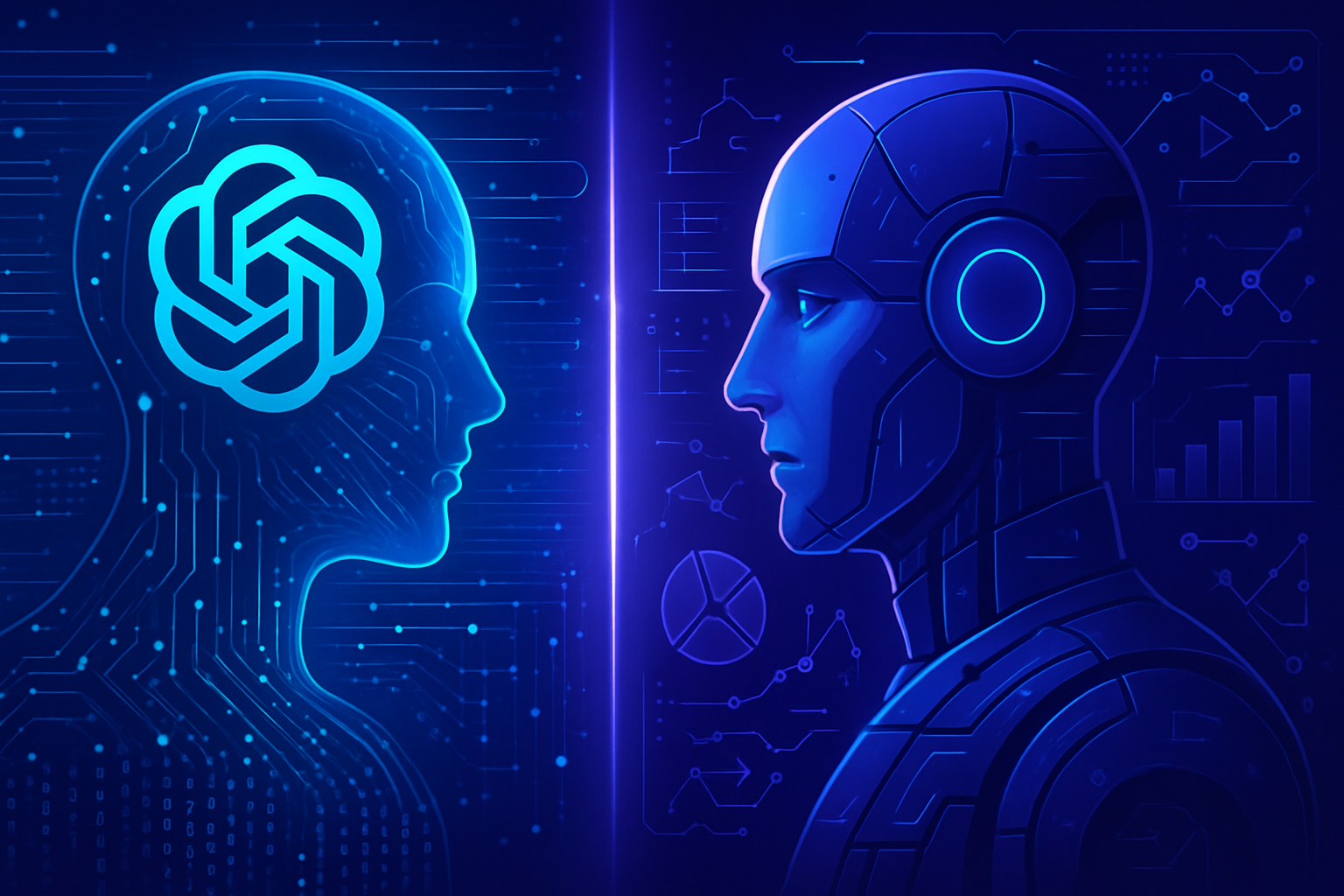The proliferation of images of abused children generates immense shock. By using artificial intelligence, predators exacerbate the suffering of victims by reusing their images. These representations highlight an unknown and devastating scourge. The ease of access and speed of production create unacceptable impunity. Inaction in the face of this reality creates a downward spiral for the victims.
Excesses of artificial intelligence
The generation of images of abused children by artificial intelligence has sparked growing concern among online security specialists. The Internet Watch Foundation (IWF) observes a troubling evolution of content produced by these technologies, which were once primitive but have now become alarming.
Accessible and rapid technology
Rapid advancements in AI now enable the creation of content that is visually indistinguishable from real photographs. A simple command can generate fifty images in less than twenty seconds. This accessibility encourages the clandestine production of profoundly unhealthy material, making predatory tools more effective and dangerous.
Exploitation of pre-existing content
A particularly worrying aspect lies in the use of existing images of children who have suffered abuse. These images serve as models for training algorithms, thereby incorporating trauma experienced by real victims into purely artificial creations. In this way, offenders reuse the suffering of these children to feed their own deviant fantasies.
Increased risks for victims
New scenarios produced by AI indefinitely prolong the pain of victims. The generated images circulate at an alarming speed, bringing about a new dynamic of suffering. Each reproduction of a prior abuse increases the humiliation and trauma experienced.
Links between consumption and action
Recent studies highlight a direct link between watching pornographic images featuring children and acting on those impulses. A report on users of the dark Web reveals that 40% of offenders contemplate contact with real victims after consuming such content. This finding underscores the extremely serious criminal implications generated by these images produced by artificial intelligence.
Prevalence of illicit content
Analysts from the IWF, during their investigation, found that over half of AI-generated content featured school-age children, ranging from 7 to 10 years old. More than 20% of these images were classified as category A under UK legislation, meaning they involve acts of extreme severity, such as rape or torture.
Call for strict regulation
In light of this alarming situation, voices are rising to demand that these contents be systematically criminalized. The director of the IWF, Derek Ray-Hill, emphasizes the need for strengthened legal frameworks to counter this growing threat, which endangers the most vulnerable in society.
Frequently asked questions
How is artificial intelligence used to create images of abused children?
Artificial intelligence can generate images and videos from models based on existing data. These systems often take traumatic photos of children to create new images that perpetuate the cycle of suffering.
What is the scale of the problem of AI-generated representations concerning child abuse?
The phenomenon has grown in recent years, with large-scale production of visually realistic content that is almost impossible to distinguish from real images of abuse. This situation is all the more alarming as it can reach a wide audience.
What are the psychological impacts on victims when their images are used to create pornographic content?
Victims may feel profound pain and amplified trauma, as these new representations can be shared indefinitely, prolonging their suffering and exacerbating their feelings of helplessness.
What existing legislative measures are in place to combat this abusive use of AI?
Currently, some legislation, such as British law, classifies the most serious content, but it is necessary to introduce specific laws to criminalize the generation of pedocriminal images by AI.
How does this issue affect the perception and prevention of child abuse?
The creation of abusive images by AI can normalize sexual violence against children, making it more difficult to raise awareness and prevent it, creating an environment where the suffering of victims is minimized.
Why is it crucial to raise public awareness on this issue?
Raising awareness can help mobilize actions against this exploitation, promote legislative changes, and protect victims by raising consciousness about the severity of the problem.
What roles do online platforms play in the dissemination of this content?
Online platforms can potentially facilitate the dissemination of this content due to their accessibility, making their commitment to combating pedocrime and implementing effective content filters essential.






